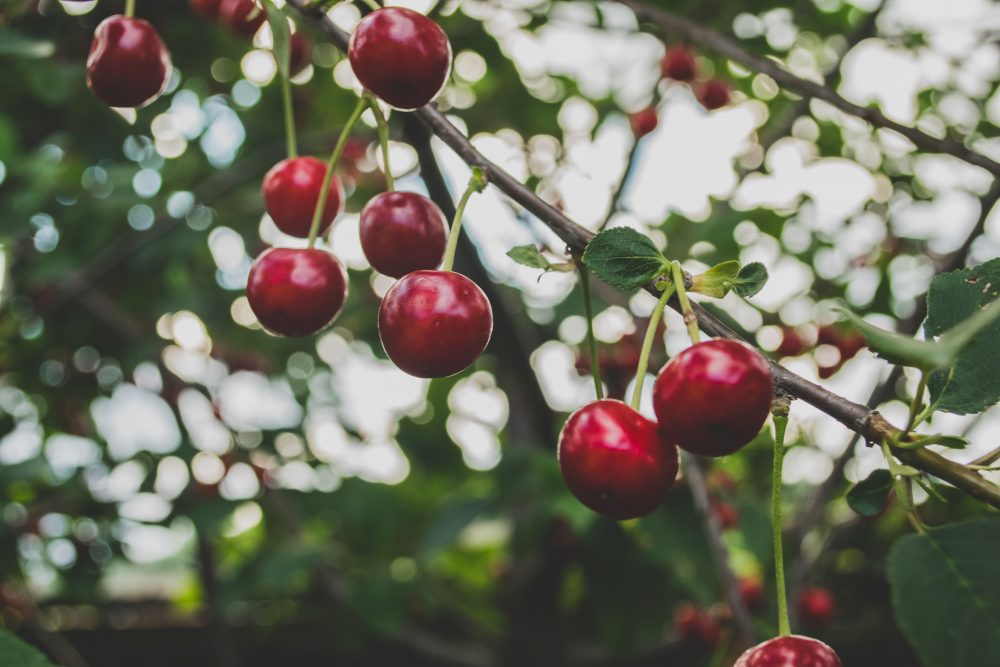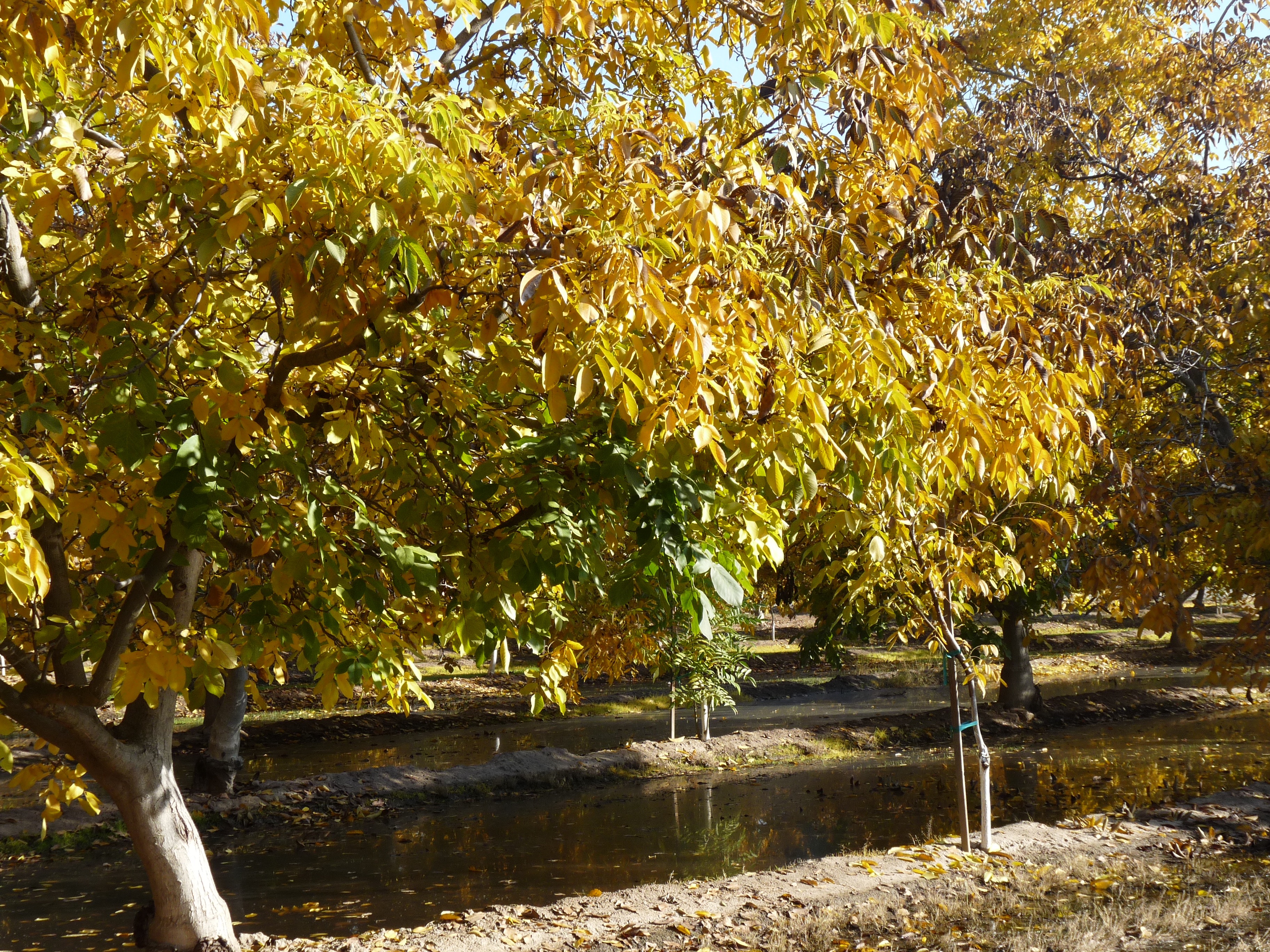Associations, Organizations, Educational and Research Institutions
Almond Sustainability a Priority
Documenting Almond Sustainability
By Jessie Theisman, Associate Editor
Sustainable almond farming utilizes production practices that are economically viable and are based upon scientific research, common sense, respect for the environment, neighbors and employees. The result is a plentiful, nutritious and safe food. That’s what the Almond Board of California is working to achieve along with Joe Browde from SureHarvest.

Joe Browde, of Sure Harvest, Heads up the Almond Sustainability Program for the Almond Board of California
The almond sustainability program uses grower submitted production information to demonstrate the sustainability of the almond industry.
“Some of the benefits have been consistent over time. At the ease of the program, folks can more readily participate in a user-friendly mechanism,” Browde said. “They’ll be able to look at the practices, how they compare to their peers around the state, and see what they can do to improve their performance. Mostly economically, as well as for the environment. The more participation, the more value for the almond board that can tell the industry story.”
“What we want to do is get folks engaged. We want to let them ensure that they see the value individually as well as see the greater value for the whole industry across the state” Browde said.
“Documentation is the name of the game going forward. They just have to get out there and tell their story,” said Browde, who also touched on how sustainability in California isn’t the exception. “It is the rule, and we find the more we look at practices, we’re actually amazed at times at the performance of almond growers across the state.”
“We want to make it as easy as possible, but we also want to make it valid at the end of the day and ground-truth things. It’s going in the right direction. We’re pleased, the almond board’s pleased and we’re going to make a difference,” Browde said.























